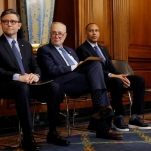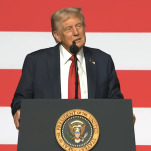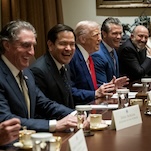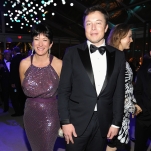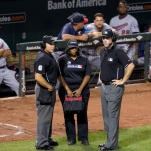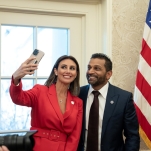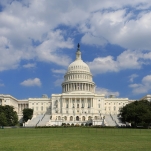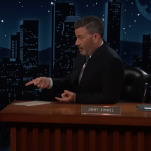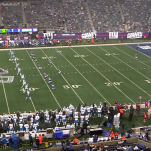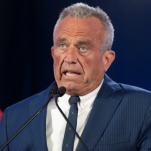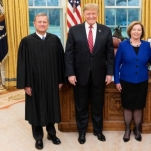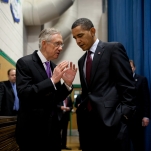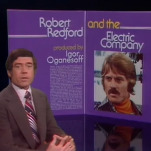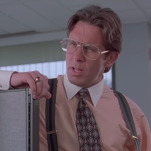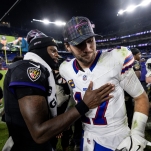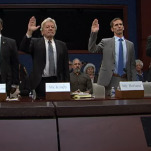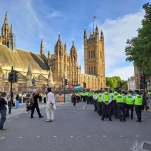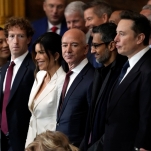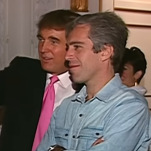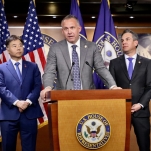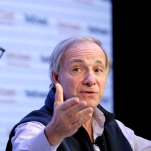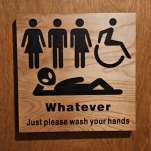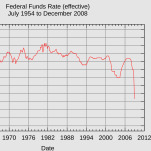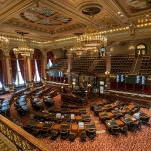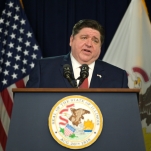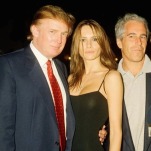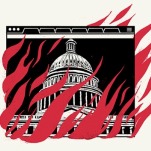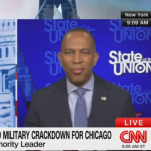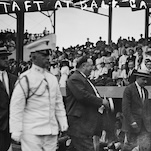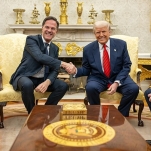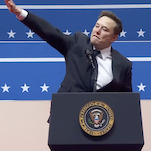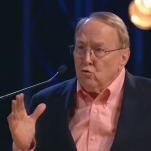What the new Playboy learned from the lessons of 'porn chic'
The problem of where to put all the Playboys was new to Jerome Huffor, the magazine buyer at Book People, one of the nation’s largest independent bookstores. After all, in the 36 years Book People has held court in downtown Austin, Playboy had always been, well, nude.
“I haven’t seen the first issue yet, but I’m assuming it’ll be moved to men’s interest,” Huffor told me ahead of the magazine’s historic inaugural nudity free issue, which hit stands last Friday. “If there’s no nudity, I don’t see the harm in putting it next to magazines like Maxim.”
And just like that, as if overnight, Playboy will be liberated from a harshly lit corner shelf littered with signs warning anyone under 18 to “not even think about touching” the magazines to the roomy main floor, polybag-wrapping free, aside competitors that have never once dared to free the nipple in their own glossy tenures.
In many ways, Playboy’s shift into the real estate of men’s interest magazines feels like the prodigal son of sex has finally returned home. If the Playboy brand of the 50s and 60s titillated us with what good sex looked like for the classy modern man, the decades of Playboy that came shortly after did little to maintain that panache, instead rendering us numb to a desensitizing amount of glimmering breasts and butts scattered through the magazine’s pages over the years.
The new Playboy, with all its semi-clothed flesh, isn’t then just about covering up to make a statement and boost circulation—it’s about returning the magazine to its glory days, the days when Playboy not only accurately encapsulated what America found sexy at the time, but started those conversations as well.
Given Playboy’s strong early aesthetic, I was surprised to learn that the magazine’s first—and according to founder Hugh Hefner, only—stumble occurred in its inaugural issue, and in an edition containing Marilyn Monroe, no less.
The December 1953 issue featured a nude pin-up photo of Monroe, featured as the magazine’s first “Sweetheart of the Month” centerfold. Just one issue later, Hefner would change “Sweetheart” to “Playmate” permanently, to make it imminently clear how Playboy planned to differ from how young women were already perceived in the 1950s. “Hefner wasn’t selling steady dates and monogamy; he was selling one-night stands and variety. He wasn’t selling duty. He was selling pleasure,” as the Chicago Tribune once put it. “And plenty of folks—imagine that—wanted to buy.”
Hefner’s gamble paid off. If pin-up calendar girls invoked images of soldiers heading off to war to give them something to fight for, Playboy opened society’s eyes on how to live. The cornerstone of the magazine, as the old saw went, was always the articles—commentary, criticism, politics—but the scampish nudity proliferated, without ever veering too far from Hefner’s original goal of selling a lifestyle, not just selling sex.
As the sexual revolution of the 60s raged, Playboy once again led the charge. Playmates went from being posed in ostensibly demure pin-up shots to owning their sexuality—a reality reflected not just in the pages of Playboy, but in the brand’s growing empire, including Hefner’s Playboy Clubs, which were designed to bring the pages of the magazine to life, much like a titillating Disneyland. As Playboy writer Vanessa Butler pointed out, the magazine’s push towards bold, big breasts in its pages reflected the climate of the time: free love, music festivals, topless women abound.
-

-

-

-

-

-

-

-

-

-

-

-

-

-

-

-

-

-

-

-

-

-

-

-

-

-

-

-

-

-

-

-

-

-

-

-

-

-

-

-

-

-

-

-

-

-

-

-

-

-

-

-

-

-

-

-

-

-

-

-

-

-

-

-

-

-

-

-

-

-

-

-

-

-

-

-

-

-

-

-

-

-

-

-

-

-

-

-

-

-

-

-

-

-

-

-

-

-

-

-

-

-

-

-

-

-

-

-







